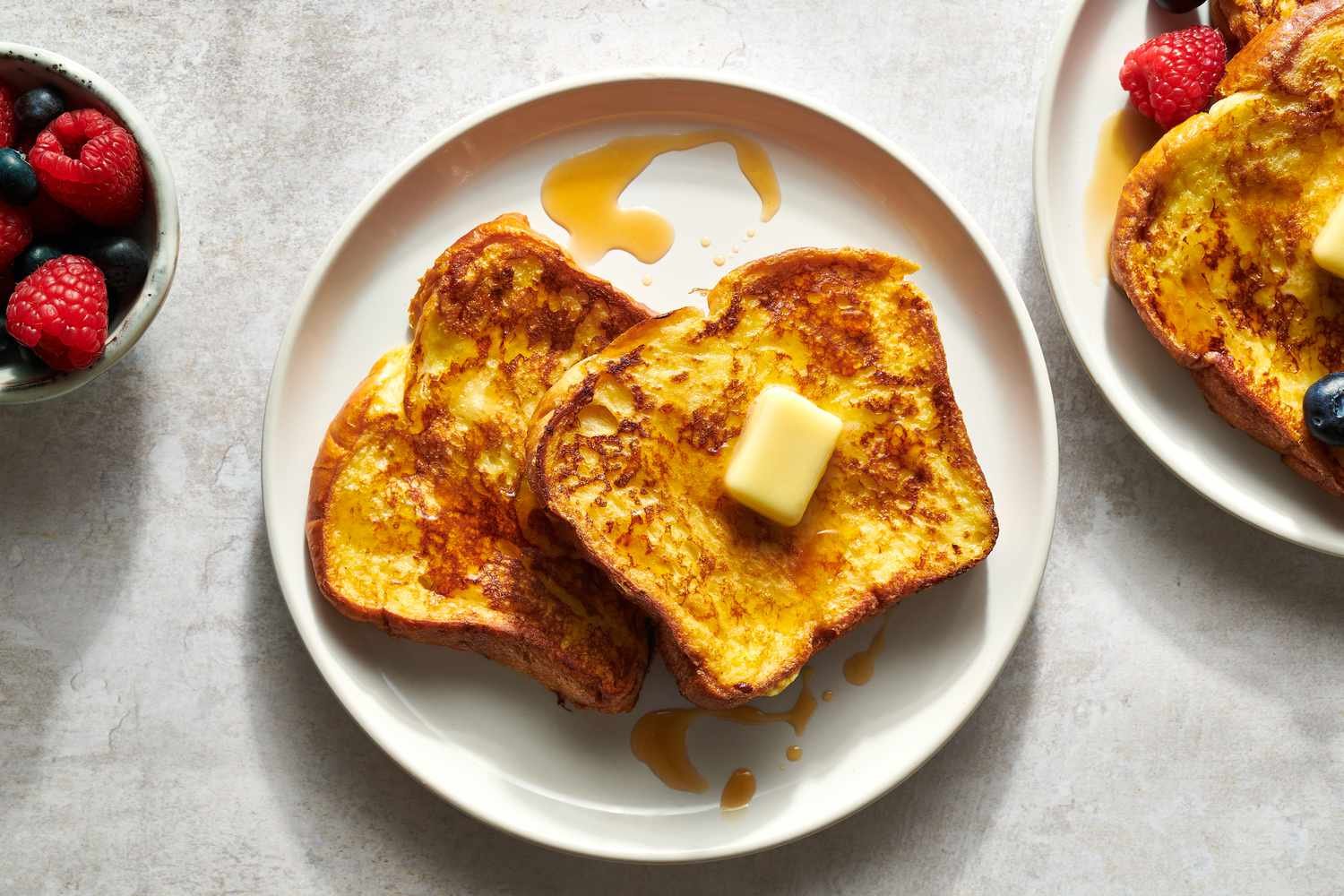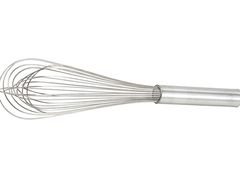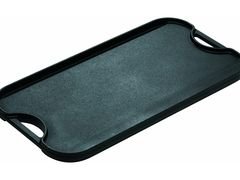[raw]
-
1Gather Ingredients
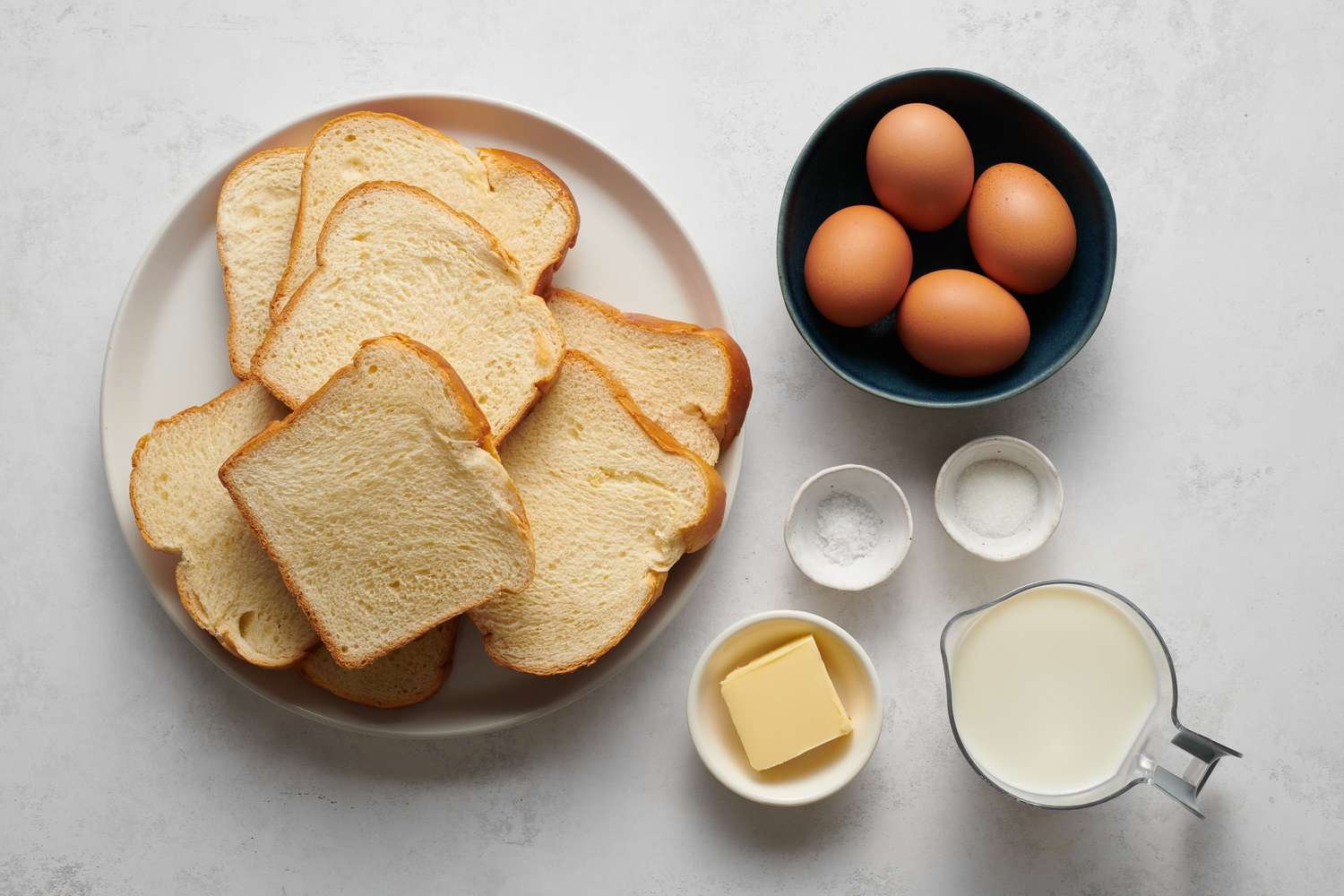
Gather the ingredients.
-
2Beat Eggs
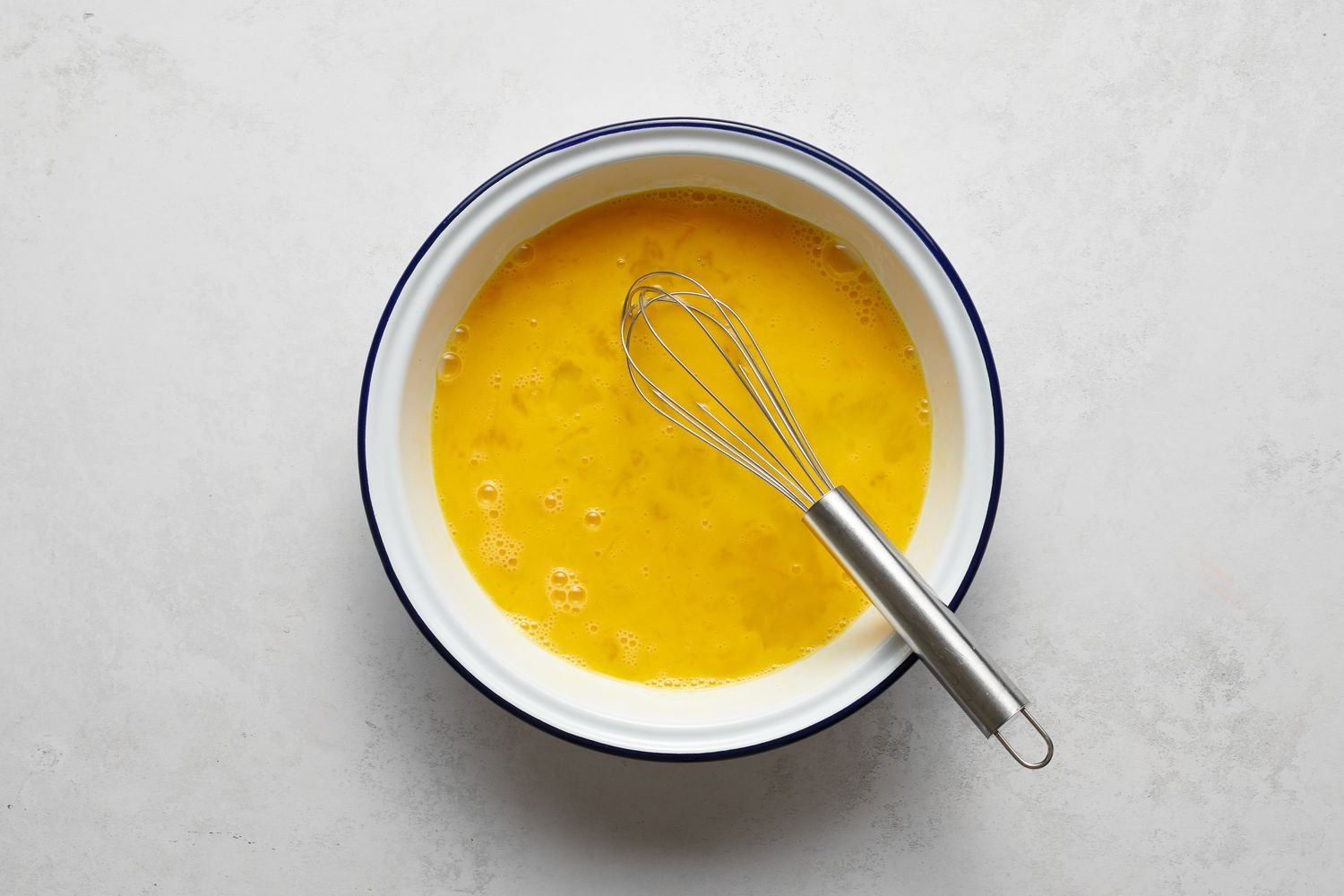
Break 4 large eggs into a wide, shallow bowl or pie plate and beat them lightly with a fork or whisk.
-
3Add Milk and Seasonings
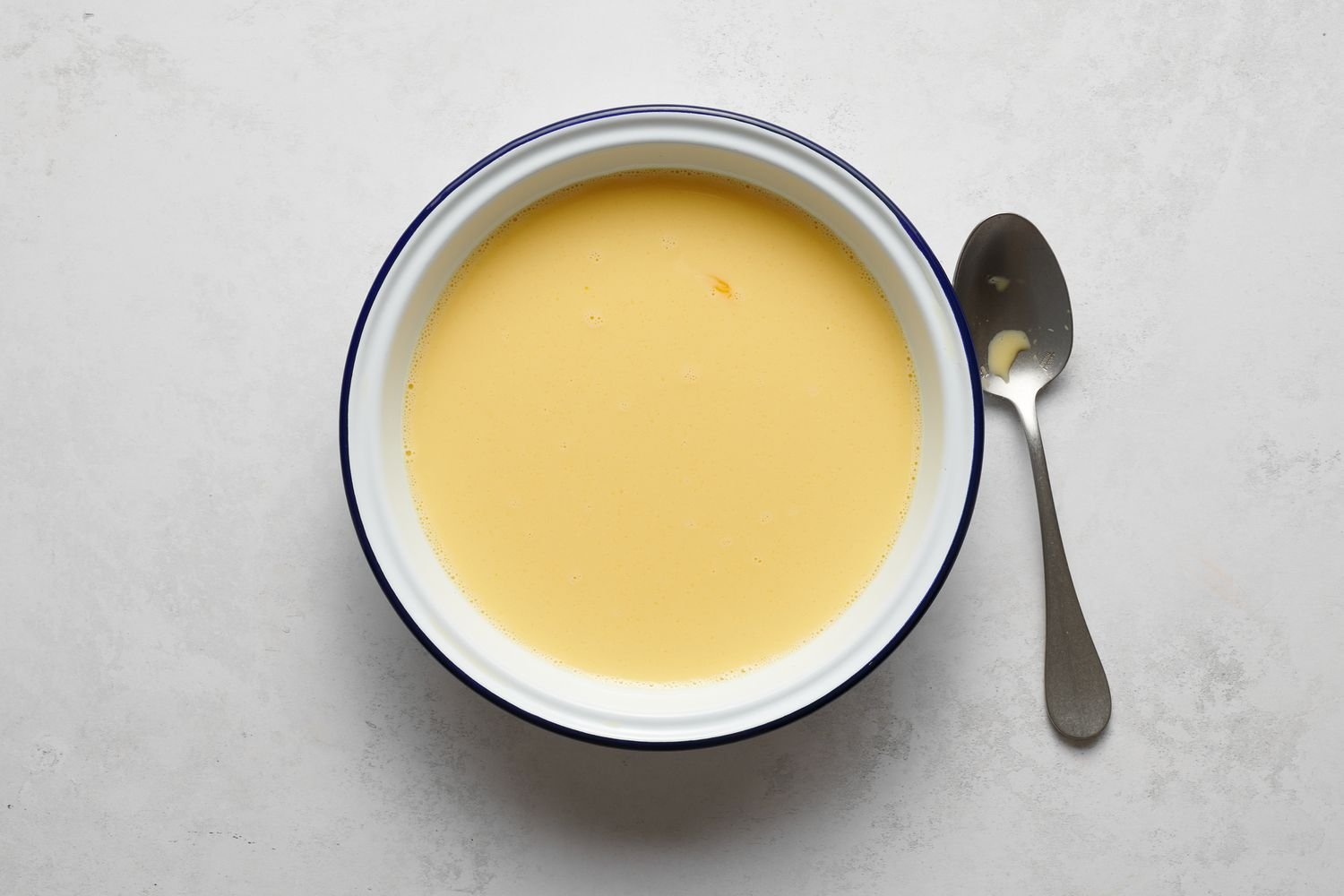
Stir 1 cup milk (whole or 2%), 1 dash salt, and 1 teaspoon sugar (optional) into the beaten eggs.
-
4Heat the Skillet
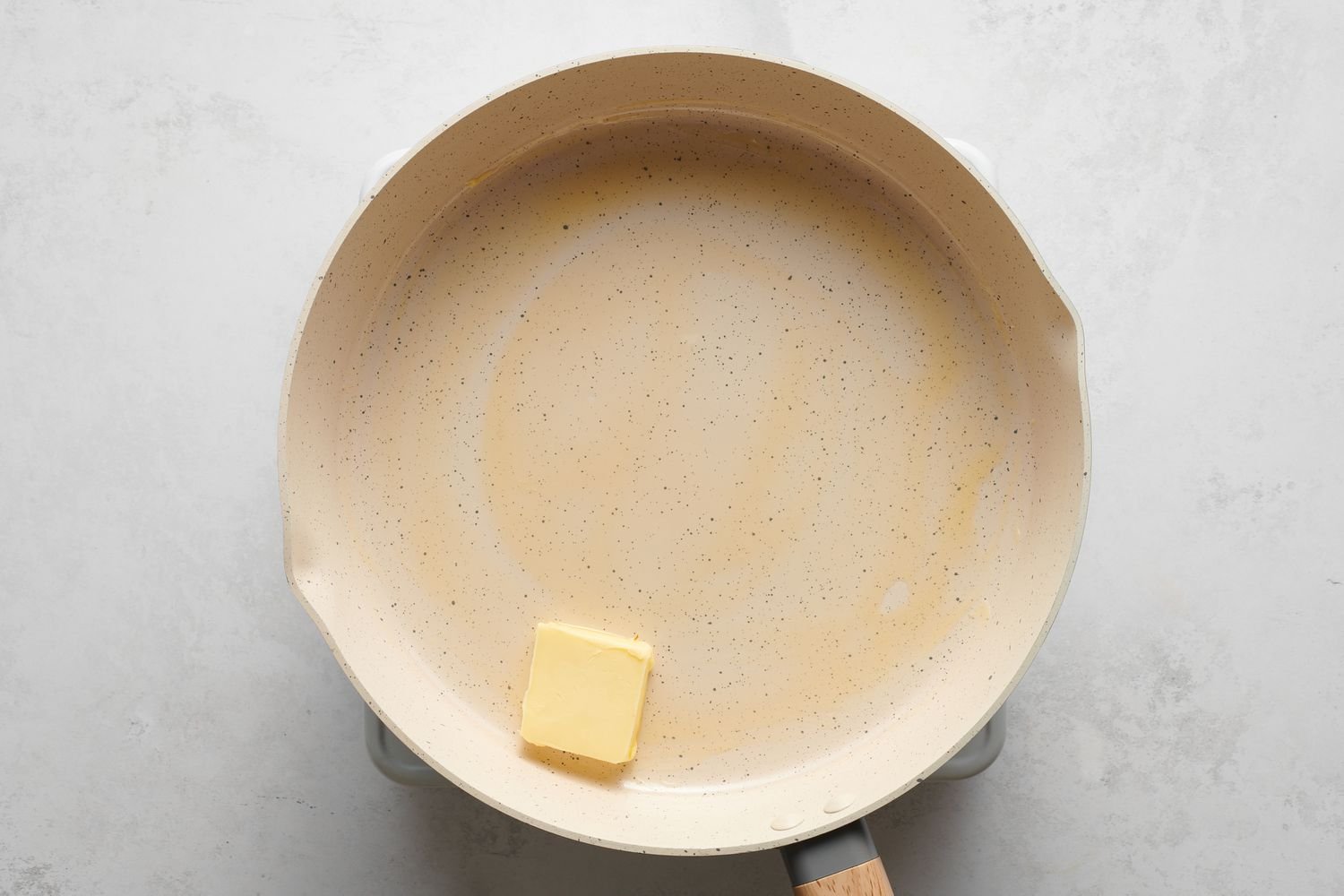
Coat a skillet or griddle with 2 tablespoons butter. Place it over medium-low heat.
-
5Soak the Bread
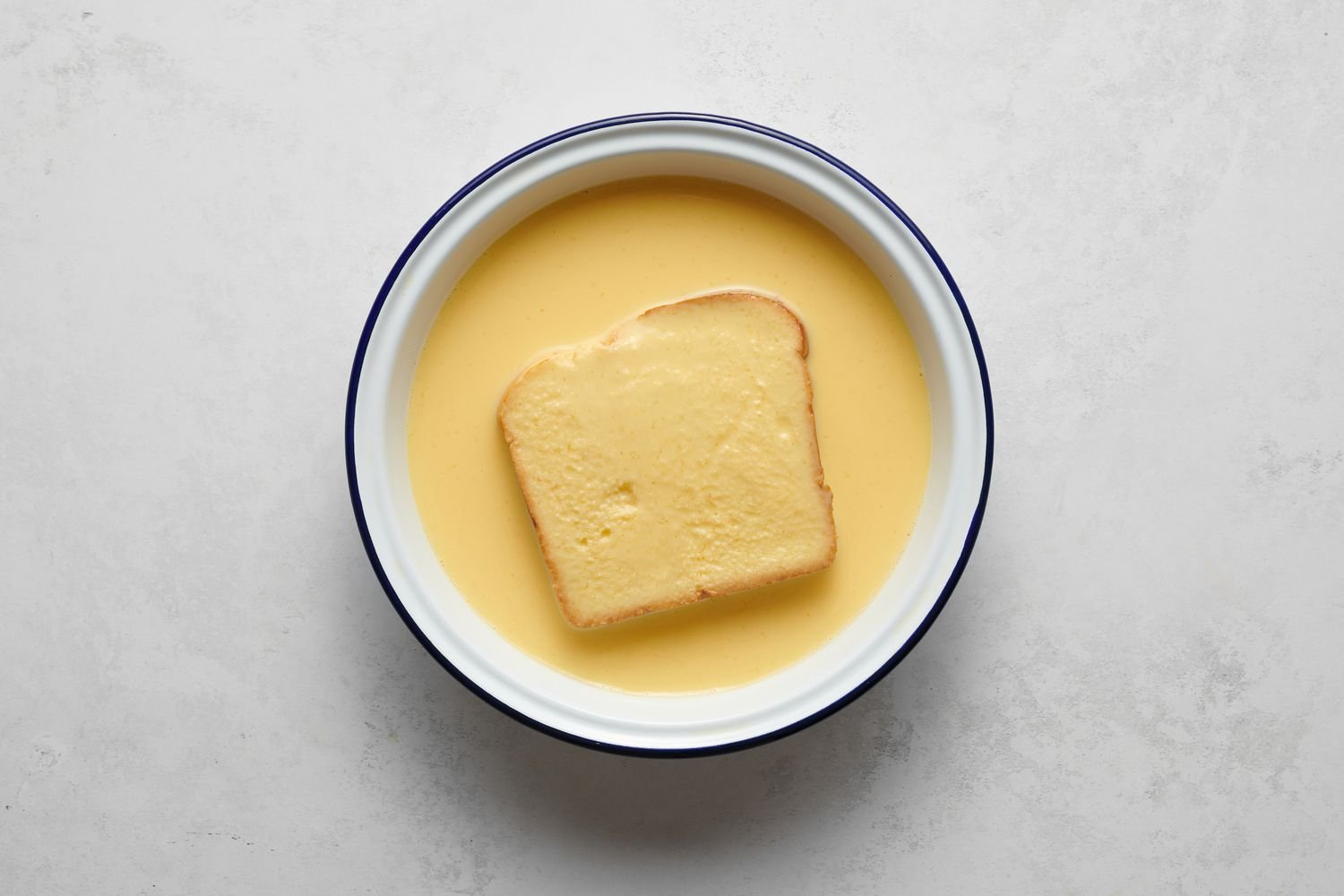
Place the bread slices, one at a time, into the bowl or plate. Let the bread soak up the egg mixture for a few seconds and then carefully turn to coat the other side.
-
6Cook the Toast
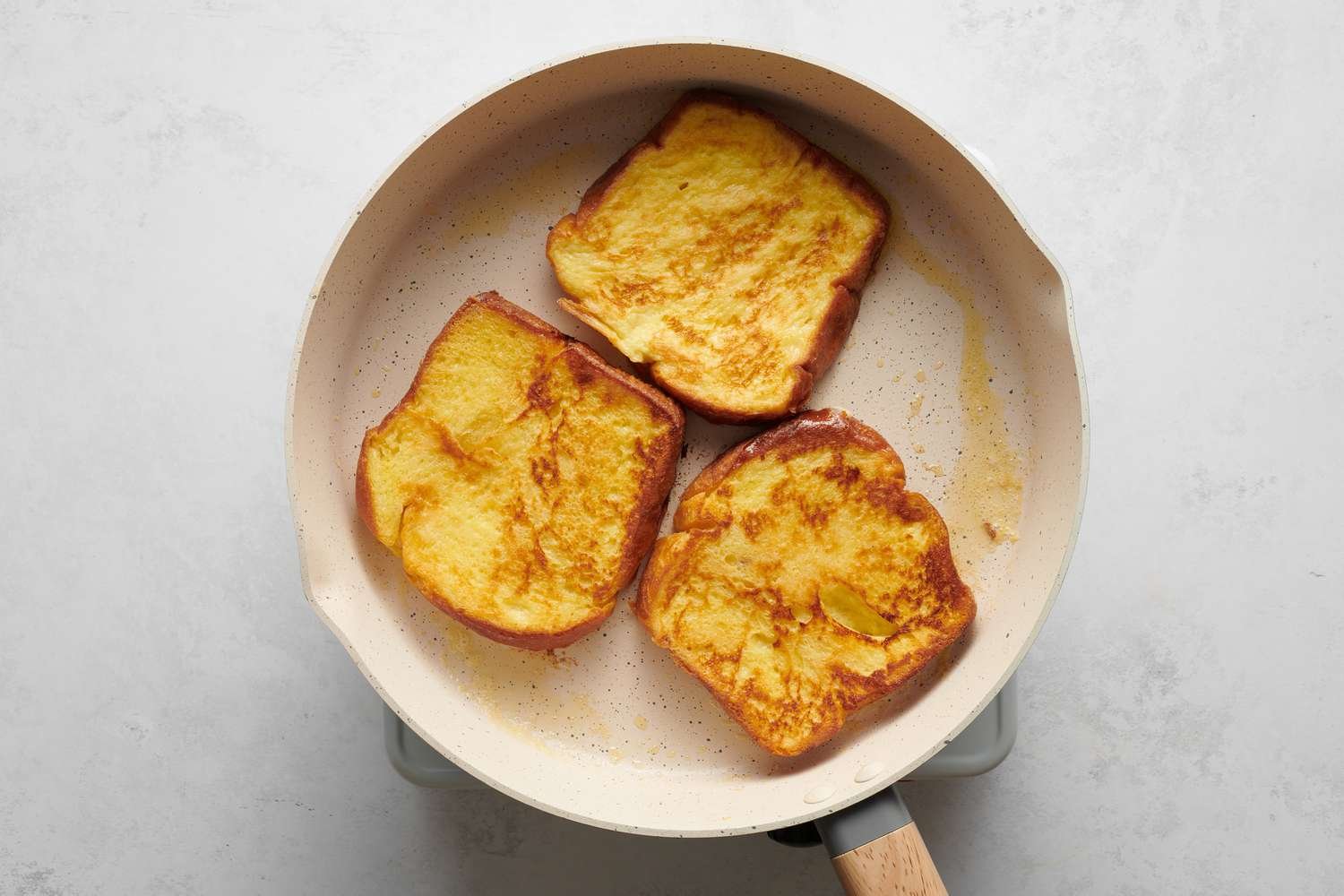
Transfer the egg-coated bread slices to the hot skillet or griddle. Heat slowly until the bottom is golden brown. Turn and brown the other side.
-
7Serve and Enjoy
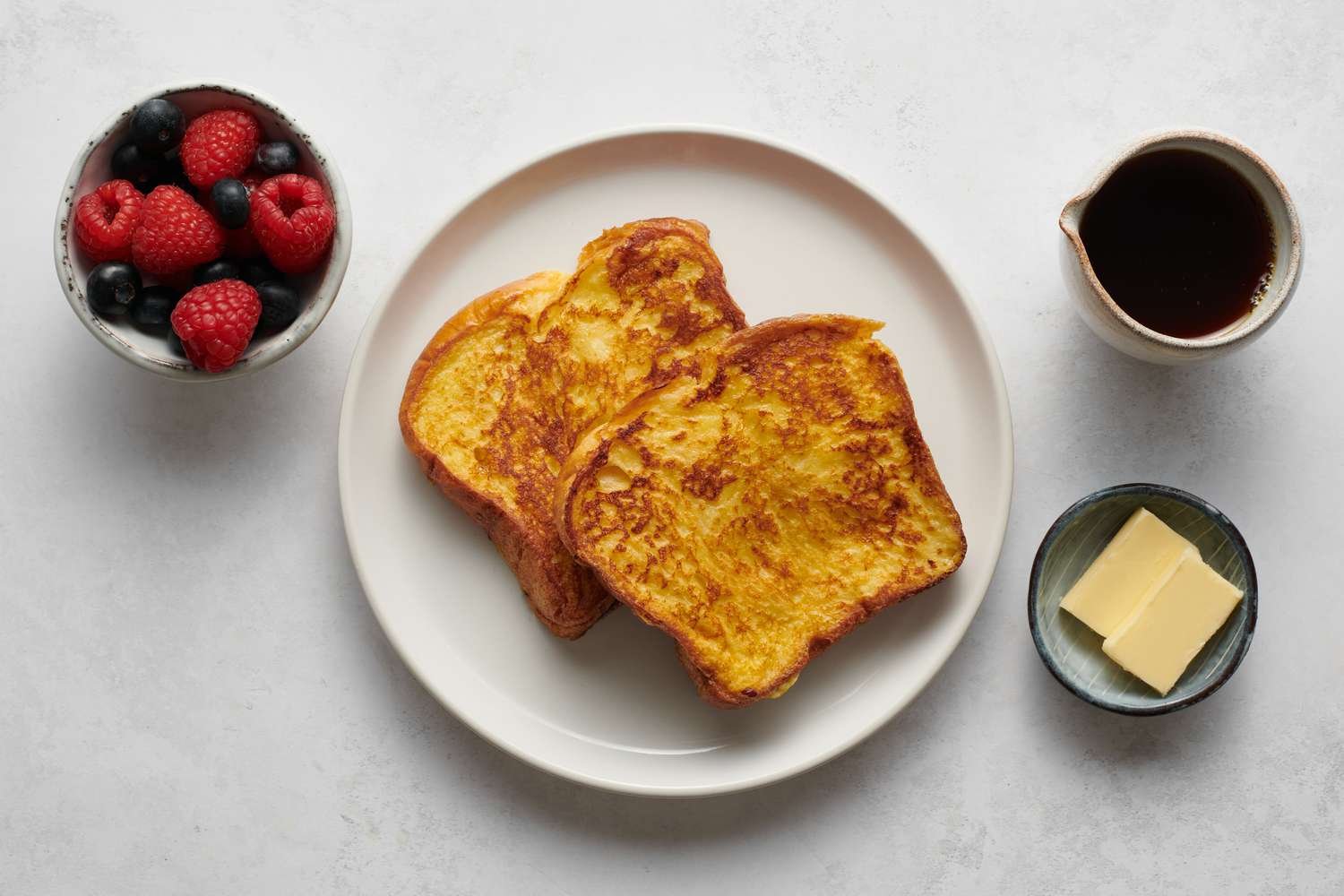
Serve French toast hot with butter and syrup, or your preferred toppings. Enjoy.
- Thick slices – Use thick slices of bread and soak it just long enough to absorb the egg mixture but not so long that it becomes saturated.
- No butter, no problem – Shortening or oil can be used instead of butter when cooking French toast. The amount needed will depend on the size of the pan; use just enough to coat the bottom.
You don’t need much to make yourself a stack of crispy-on-the-outside, soft-in-the-middle French toast! Just eggs, milk, bread — and don’t forget the maple syrup to pour over top!
How to Make French Toast
French toast is very easy: whisk together eggs and milk, add thick slices of bread for a quick soak, then fry them up in a hot buttered pan.
This recipe uses just a few basic ingredients you likely have in the kitchen already. Bonus: French toast freezes incredibly well, so make a big batch of easy breakfasts during the week.
The Best Bread for French Toast
Any soft, thick bread will work for making French toast. Go for challah or brioche if you’re feeling decadent, or keep it simple with white sandwich bread or Texas toast. Rustic country loaves or crusty sourdough loaves can also be used but will tend to be chewier.
Regardless of which bread you choose, cut it into thick slices if possible. This will give you the best ratio of crispy outsides to creamy middles. If your bread is pre-sliced, use what you have — the French toast will still be great.
Classically, French toast is made with stale bread that’s been sitting on the counter for a few days. If you only have fresh bread, lay slices on a baking sheet and place it in the oven at 275 F for about 10 minutes, or until the center is dry.
Fresh bread can also be used, but won’t soak up the milk-egg mixture quite as well and can sometimes fall apart during cooking.
Why Stale Bread is Best for French Toast
Using dry, stale bread is key to avoiding soggy French toast. Fresh bread already has a good deal of moisture, but the drier the bread is, the more room it has to soak up the egg custard — like a sponge.
French Toast for a Crowd?
If you’d like to serve your French toast all at once instead of in batches as they come off the stove, warm your oven to 200 F (or the “Warm” setting) and set a sheet pan on a middle rack. Transfer the French toast to the sheet pan as they’re cooked to keep warm until you’re ready to serve.
Why Does French Toast Taste Too Eggy?
To create the classic custard taste that makes French toast great, the ratio of eggs to milk is important. If the balance is off and you include too many eggs or not enough milk, the finished French toast will have a scrambled egg-like flavor. When scaling this recipe up or down, keep in mind that you need 1/4 cup of milk for every egg.
Tips for Making French Toast Recipe
You don’t need much to make yourself a stack of crispy-on-the-outside, soft-in-the-middle French toast! Just eggs, milk, bread — and don’t forget the maple syrup to pour over top!
How to Make French Toast
French toast is very easy: whisk together eggs and milk, add thick slices of bread for a quick soak, then fry them up in a hot buttered pan.
This recipe uses just a few basic ingredients you likely have in the kitchen already. Bonus: French toast freezes incredibly well, so make a big batch of easy breakfasts during the week.
The Best Bread for French Toast
Any soft, thick bread will work for making French toast. Go for challah or brioche if you’re feeling decadent, or keep it simple with white sandwich bread or Texas toast. Rustic country loaves or crusty sourdough loaves can also be used but will tend to be chewier.
Regardless of which bread you choose, cut it into thick slices if possible. This will give you the best ratio of crispy outsides to creamy middles. If your bread is pre-sliced, use what you have — the French toast will still be great.
Classically, French toast is made with stale bread that’s been sitting on the counter for a few days. If you only have fresh bread, lay slices on a baking sheet and place it in the oven at 275 F for about 10 minutes, or until the center is dry.
Fresh bread can also be used, but won’t soak up the milk-egg mixture quite as well and can sometimes fall apart during cooking.
Why Stale Bread is Best for French Toast
Using dry, stale bread is key to avoiding soggy French toast. Fresh bread already has a good deal of moisture, but the drier the bread is, the more room it has to soak up the egg custard — like a sponge.
French Toast for a Crowd?
If you’d like to serve your French toast all at once instead of in batches as they come off the stove, warm your oven to 200 F (or the “Warm” setting) and set a sheet pan on a middle rack. Transfer the French toast to the sheet pan as they’re cooked to keep warm until you’re ready to serve.
Why Does French Toast Taste Too Eggy?
To create the classic custard taste that makes French toast great, the ratio of eggs to milk is important. If the balance is off and you include too many eggs or not enough milk, the finished French toast will have a scrambled egg-like flavor. When scaling this recipe up or down, keep in mind that you need 1/4 cup of milk for every egg.
Tips for Making French Toast Recipe
- Thick slices – Use thick slices of bread and soak it just long enough to absorb the egg mixture but not so long that it becomes saturated.
- No butter, no problem – Shortening or oil can be used instead of butter when cooking French toast. The amount needed will depend on the size of the pan; use just enough to coat the bottom.
Source link
[/raw]



